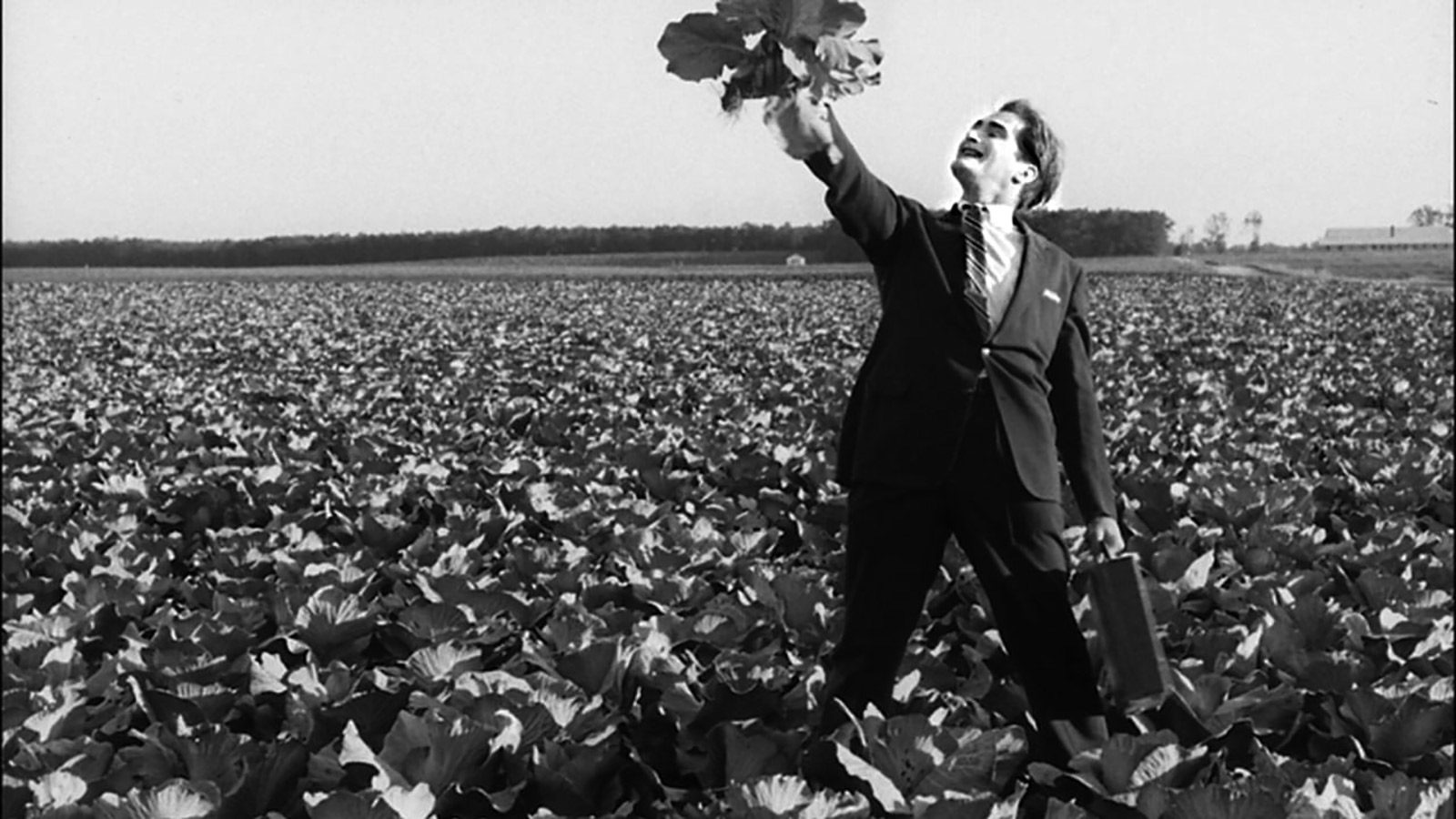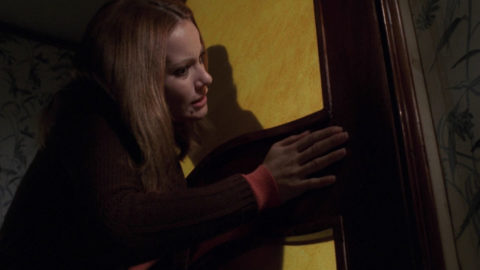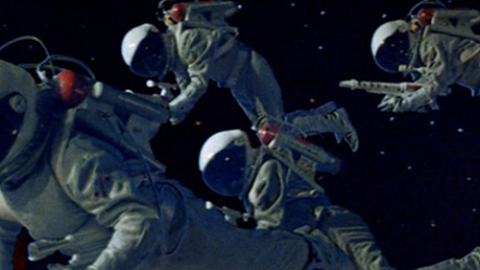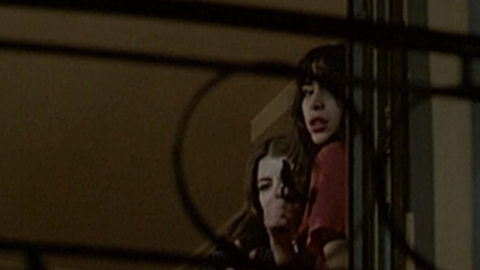
Color Box
Having debuted last year, Re:Voir’s streaming service so far offers only a dozen films and film series from the French video and DVD distributor’s extensive catalog. But all come from the upper echelons of the avant-garde. Some titles, like Maya Deren and Alexander Hammid’s Meshes of the Afternoon (1943), have long been crown jewels of Re:Voir’s roster of experimental and underground filmmaking; others, like Peter Emmanuel Goldman’s Echoes of Silence (1967) and Wheel of Ashes (1969), are relatively new to the label and appear as if rare cosmic events, easily available after long languishing in obscurity. More works will be offered later this year, including Philippe Garrel’s Le Révélateur (1968) and The Virgin’s Bed (1969) and Patrick Bokanowski’s L’Ange (1982).

A forgotten name of the New American Cinema, Goldman often focused on sexual flâneurism. In both Echoes of Silence and Wheel of Ashes, men navigate modern metropolises (New York and Paris, respectively) in pursuit of women. The twist is that his protagonists are as tortured by their quests as they are aroused—indeed, the (anti)hero of Wheel of Ashes is so conflicted by the physical urges that run contrary to his spiritual yearnings that he holes up in a dank garret as a religious hermit. Fittingly, Goldman balances the stylistically sensuous and the ascetic, and the digital streaming format does well to preserve the film’s rough, grainy cinematography.
Jonas Mekas’s films do their wandering by way of fragmented autobiography. Available alongside his rare early fiction feature Guns of the Trees (1961), Mekas’s diaristic works Walden (1969), Sleepless Night Stories (2011), and Out-Takes from the Life of a Happy Man (2012) all demonstrate his eye as a shooter as well as a filmmaker. Series by Paul Sharits, Len Lye, and Stan VanDerBeek represent another, even more adventurous side of the avant-garde on Re:Voir. Comprised of three stroboscopic and bizarre imagery-laden flicker films, Sharits’s “Mandala Series” is the most abrasive of this bunch, but Lye’s colorful, psychedelic animations are pure joy, and VanDerBeek’s satirical moving collages transform media from the Cold War into laughable absurdities.
The most challenging of the titles is Serge Bard’s Fun and Games for Everyone (1968). Shot at a star-studded gallery opening for a series of Olivier Mosset paintings, the film uses extremely high-contrast black-and-white photography to abstract his subjects while largely drowning out conversations with a hypnotic psychedelic funk score by Barney Wilen and Sunny Murray. The work’s audiovisual punch is not at all depleted via streaming. A revolutionary provocation against high art, Fun and Games for Everyone ascends to high art itself by turning the gallery’s observers and consumers into free-floating negative space, and by encouraging us to become active participants in an unfolding drama of light and shadow.







